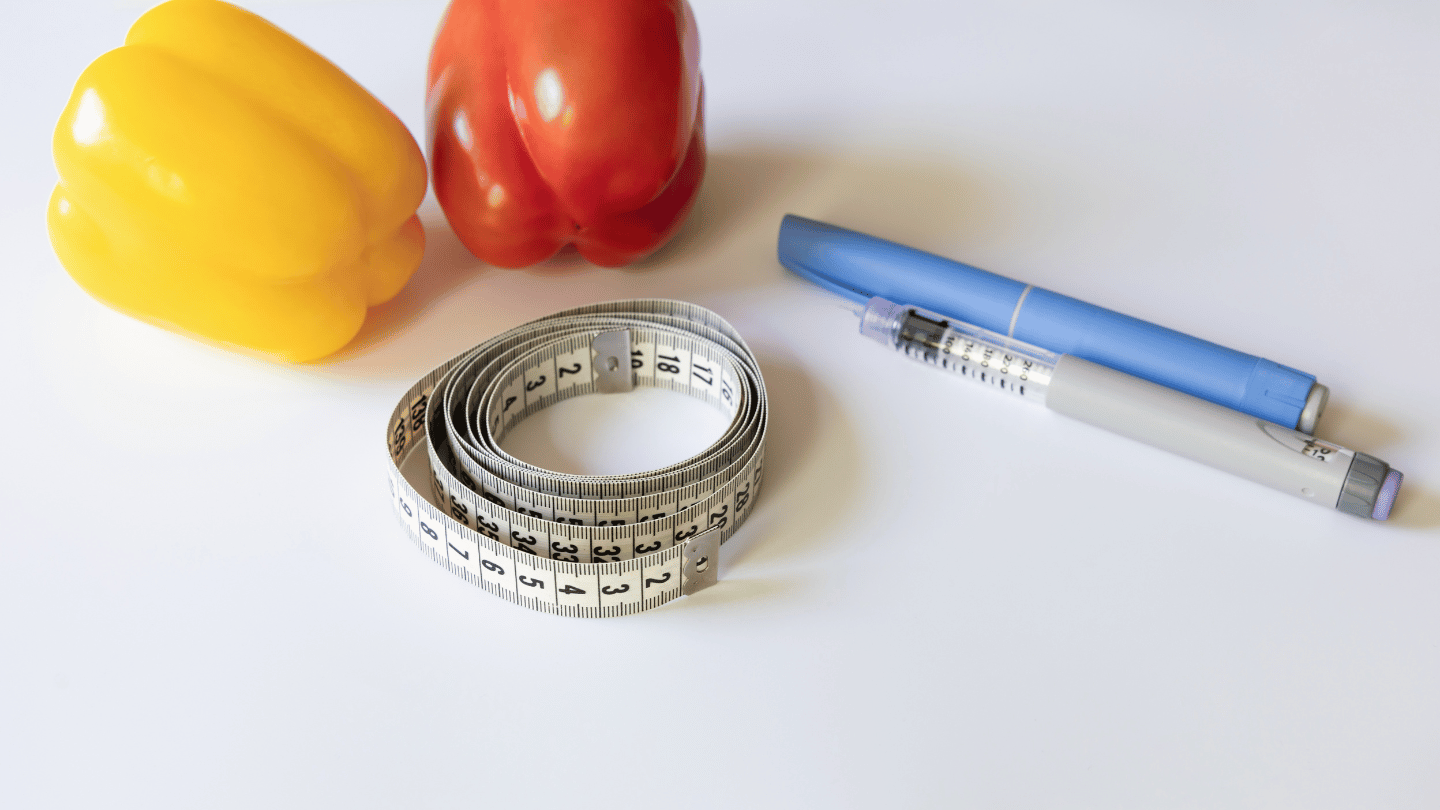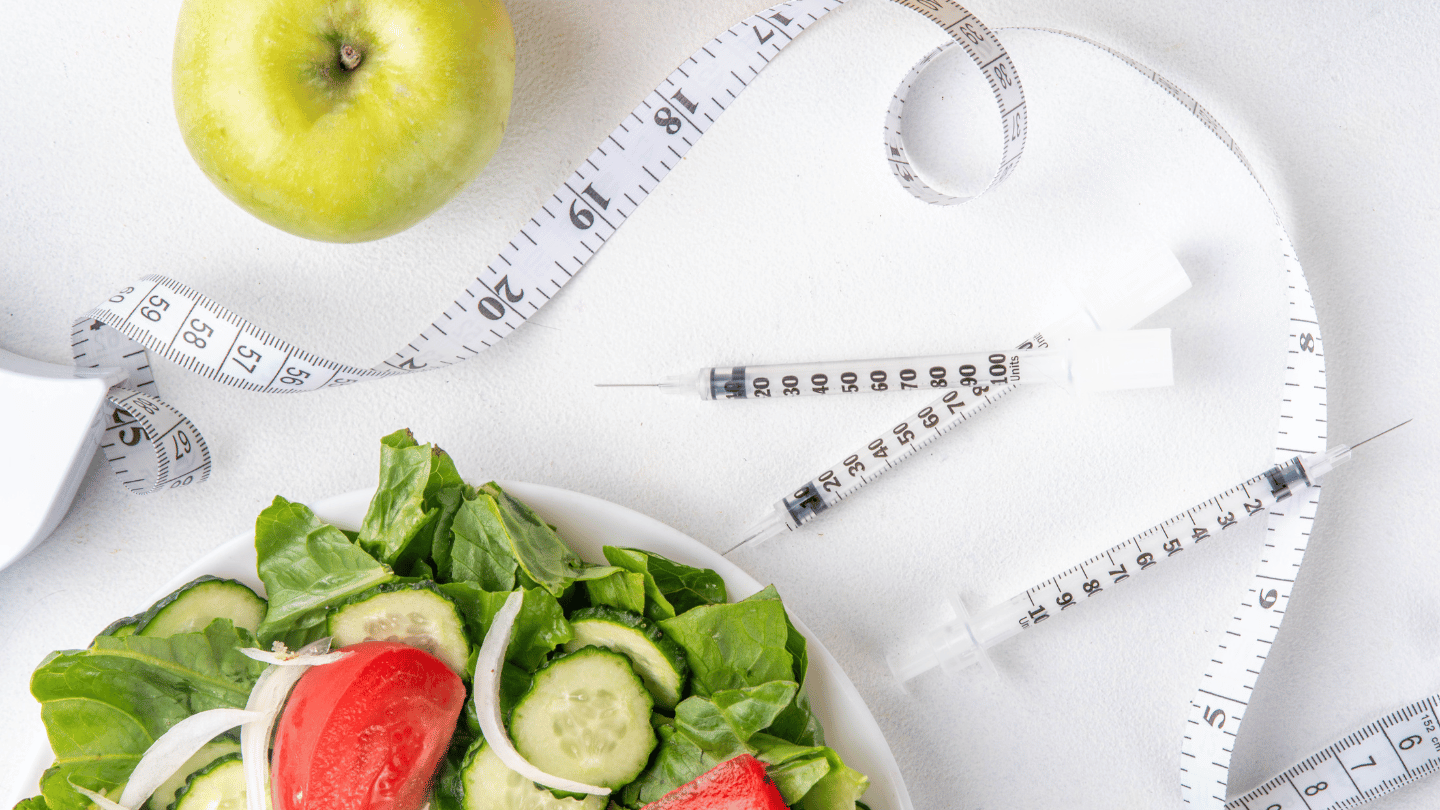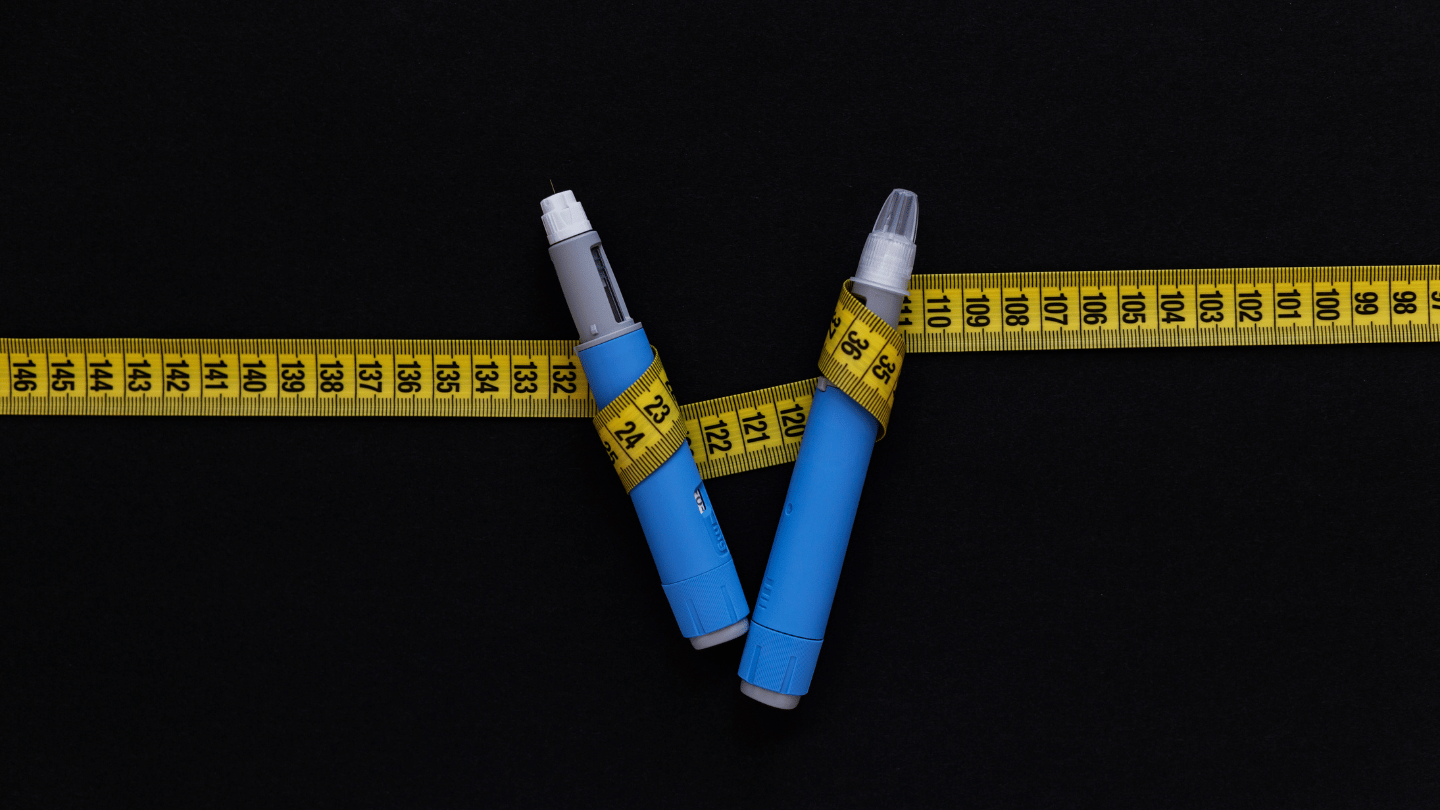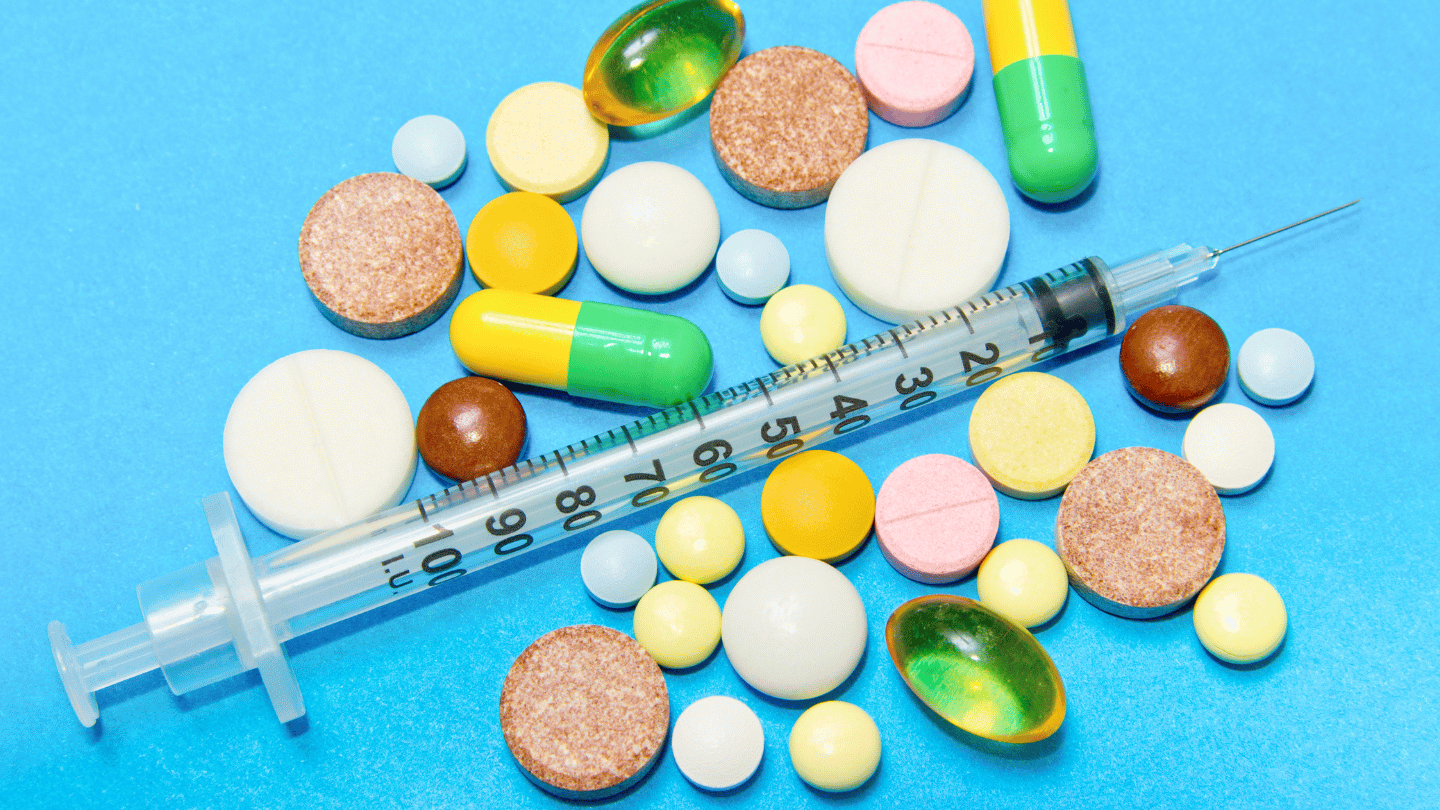For most patients taking medication for opioid use disorder (MOUD) in the form of Suboxone (buprenorphine/naloxone dissolved in the mouth), dental issues are not a major problem. However, for those who are experiencing cavities and tooth loss due to their buprenorphine doses, the impact to their lives can be immense.
If you’re taking Suboxone and struggling to keep your teeth healthy, you’re likely already following advice like “rinse after your dose,” “brush your teeth” and “go easy on the soda.”
Let’s go beyond the basics and look at the best ways to slow down Suboxone tooth decay and keep your mouth as healthy as possible so you can continue on your recovery journey with less pain and more confidence.
How does Suboxone cause tooth decay?
All tablets and films prescribed for opioid use disorder that contain buprenorphine and are dissolved in the mouth can be associated with dental problems. This includes Suboxone but also Zubsolv, Subutex, and any generic version of these drugs placed under the tongue (sublingual) or inside the cheek (buccal).
By following FDA guidance such as swishing water in your mouth then swallowing it after your dose has dissolved and waiting 1 hour after your dose to brush your teeth will lower your risk of dental problems—but even if you take your dose exactly as directed, buprenorphine can create an unhealthy environment in your mouth.
As the film or tablet dissolves in your mouth, it creates an acidic environment around your teeth. This acid makes your tooth enamel softer and causes your teeth to lose minerals (mostly calcium and phosphate).
How acidic is Suboxone?
The acid/base scale ranks pH levels from 0 to 14, with less than 1 being extremely acidic (think battery acid), 7 being neutral (like pure water), and 14 being very alkaline (not acidic at all).
Normal, balanced saliva has a pH of 6.7—very close to neutral. If the pH in your mouth drops down to 5.5, the enamel on your teeth start to soften. So, it’s easy to see why soft drinks (pH of 3) and buprenorphine (pH of 3.4) can easily cause dental problems after repeated exposure.
On top of the acid wearing away your enamel, bacteria in your mouth also adds to the problem. Bacteria feed on the sugars and carbohydrates you eat, and cavities (aka dental caries) result from bacteria generating acid as a waste product and causing further demineralization of your teeth. When the mouth is exposed to this acidic environment day after day, the loss of minerals over time can lead to enamel erosion. In other words, the surface of your teeth can slowly wear away, and it is this loss of enamel that opens you up to more severe dental problems.
Luckily the mouth has something fighting against the acidity created by medication, food, and bacteria: your saliva. Saliva acts as a buffer, getting your mouth back into balance and counteracting the loss of minerals. Saliva can generally neutralize acid, add minerals back onto your teeth, and bring your mouth back into pH balance in less than an hour.
Some people have few or no dental issues with Suboxone—why is that?
Taking great care of your teeth and gums is the best way to avoid dental issues when taking Suboxone—but there are also hidden factors that can affect oral health, including the makeup of your DNA. Studies have shown that the genes responsible for the strength of tooth enamel are linked to the extent of dental erosion and cavities a person has. So, it is possible that basic dental care may not be enough for some people to ward off tooth decay.
6 ways to slow down Suboxone tooth decay
There are 2 main tactics for counteracting Suboxone tooth decay: (1) reduce the acidity on and around your teeth (that is, keep your mouth pH in balance) and (2) add minerals that strengthen and protect your teeth.
Here are 6 ways you can help your mouth accomplish this:
1. Address your heartburn
1 in 5 of Americans suffers from chronic acid reflux, also called GERD, which can cause acid from the digestive system to move up the throat and into the mouth, softening tooth enamel and weakening teeth. And acid reflux can do more than just damage your teeth. If you often have heartburn, stomach indigestion, or a sour taste in your mouth, talk to your doctor about finding a long-term solution.
2. Keep your saliva flowing
Saliva dissolves your Suboxone dose so it can enter your cells quickly, but saliva is also essential for good oral health because it keeps the mouth at the right humidity and maintains its pH level (acid/base balance).
Unfortunately, buprenorphine can dry up the very saliva you need to keep your mouth in balance. As a result, patients on buprenorphine treatment tend to have a lower salivary buffering capacity than people not taking it. But there a few things you can do to counteract dry mouth (called xerostomia) and keep up your saliva production:
Chew more gum. Chewing gum (the sugar-free kind, of course) has several benefits: It increases saliva production (which remineralizes your teeth), reduces the kind of bacteria linked to cavities, and clears food off your teeth. Not to mention it keeps your breath fresh. Be sure to avoid gum sweetened with sugar or ingredients ending in “-ose,” such as glucose and fructose. Instead, look for xylitol chewing gum. (As a bonus, xylitol itself stimulates the salivary glands.) Note that chewing gum can help to ease acid reflux, but for some people, gum flavored with peppermint can make acid reflux worse.
Go the natural route. Cancer patients who go through radiation treatment also tend to experience dry mouth. As a result, research is ongoing to show if natural treatments like edible oils and herbal remedies are effective. While the evidence so far isn’t overwhelming, these natural remedies are effective for some people. Be sure to discuss even natural remedies with your doctor as they can cause side effects and possibly react with other medications.
Try artificial saliva. Artificial saliva comes in many different forms, including spray, oral rinse or mouthwash, gel, lozenges, and melts. Some products, such as Biotene, are over-the-counter. Other products, such as Salivamax, require a prescription.
Look into saliva stimulants. More than just adding moisture to the mouth, saliva stimulants cause your saliva glands to produce more of their own saliva. Saliva stimulants may prevent dental erosion for patients with dry mouth, reduced saliva flow, or impaired saliva composition.
3. Quit or cut back on tobacco and marijuana
Anything that adds excess acid to your mouth is fighting against your saliva to restore balance. Marijuana use is associated with increased risk of dry mouth and gum disease, and tobacco use increases the risk of gum disease and cavities.
For those who use tobacco regularly, nicotine replacement therapy (including patches, gum, lozenges, inhalers, nasal sprays, and medications) can help fend off cravings, and counseling sessions can help manage the stress and emotions linked to chronic nicotine use.
There are no FDA-approved therapies to help stop marijuana use, but just as with tobacco, replacing the substance use with something healthier as well as seeking out therapy can both be helpful actions.
4. Ask your dentist about in-office solutions
Tell your dentist as soon as you begin Suboxone—and ask them what extra steps you can take to protect your teeth. Dentists have a number of in-office solutions for people whose teeth are more susceptible to decay.
At the most basic level, your dentist can give you regular fluoride treatments to strengthen your teeth and prevent decay. For home use, they may prescribe a mouthwash or gel that contains higher amounts of fluoride. Beyond fluoride supplements, your dentist may offer sealants, varnishes, or films that can add a layer of protection that helps preserve the surface of the teeth.
5. Add protective minerals to your teeth at home
First, check your toothpaste. Read the label on your current toothpaste to make sure it contains fluoride (in the form of sodium fluoride, sodium monofluorophosphate, or stannous fluoride). For even more protection, invest in a remineralizing toothpaste, such as Sensodyne Pronamel. This type of toothpaste is generally more expensive than regular fluoride toothpaste, but it’s likely well worth the investment as it can help your teeth withstand the acidic environment created by buprenorphine. You can also ask your dentist about prescription-strength fluoride toothpastes, which contain about 5 times as much fluoride as over-the-counter toothpaste.
Next, check your water. You’re probably already aware that one of the best things you can do to counteract dry mouth and tooth decay is to stay hydrated by drinking plenty of water—but consider the water you usually drink. Tap water in most cities and towns has fluoride added to it, which is a good thing because the more fluoride you drink, the more fluoride you’ll have in your saliva. Most bottled water, on the other hand, contains little to no fluoride (because it is treated with reverse osmosis).
If you dislike the taste of tap water, consider investing in a carbon or charcoal filter (such as a pitcher you store in the fridge or a filter that screws onto your kitchen faucet). Filters can give your water a better taste without removing the fluoride. You can also try adding some flavor to your water that won’t add sugar, such as brewing herbal tea or adding mint leaves or fruit.
Doesn’t too much fluoride stain your teeth?
In children, too much fluoride can lead to harmless discoloration of the teeth, called dental fluorosis. But because adult teeth are already developed, adults can’t get fluorosis from taking in extra fluoride.
Then, add in a rinse. To add even more protection into your dental routine, look into other sources of fluoride, including over-the-counter mouth rinses that contain sodium fluoride. The fluoride from mouth rinse is retained on your teeth and in your saliva and helps prevent tooth decay. As with toothpaste, your dentist can help you decide if a stronger, prescription-level fluoride mouthwash is right for you.
6. Tweak your diet to create an ideal environment in your mouth
If you’re doing everything right and Suboxone is still leading to tooth decay, another strategy for strengthening your teeth and curbing decay is to evaluate your diet and tweak it to make it more mouth-friendly.
Eat less of these foods . . .
Most people know that lots of soda, candy, and other junk food can ruin your teeth—but sometimes added sugar is hidden in foods we don’t consider “sugary.” Check your food labels for “added sugar” and also check the ingredients list to see if any of the following are listed as one of the first few:
- corn sweetener
- maltose
- fructose
- sucrose
- glucose
- dextrin
- syrup (including high fructose corn syrup)
- cane juice
- fruit juice
Besides items with added sugar, there are other foods that can impact your oral health, like alcoholic drinks, breakfast cereals, bread, chips, and other foods that contain processed carbohydrates. Over the centuries, the human diet has shifted toward eating more carbohydrates, making our mouth bacteria less diverse. Today, our mouths are dominated by Streptococci (particularly Streptococci mutans) bacteria, which are known to cause cavities. These bacteria in your mouth use carbohydrates for food, so when you cut back sources of simple carbohydrates, you reduce your cavity risk.
Eat more of these foods . . .
Fiber. Whole fruits and vegetables with lots of fiber can help keep your teeth clean, plus they get your saliva flowing. Many fruits and vegetables also contain vitamins A and C, which are excellent for healthy teeth and gums.
Minerals. The recommended daily intake of fluoride for adults 19 and older is 3mg for women and 4mg for men—but most Americans aren’t getting that much. To get more fluoride via the foods you eat, you can try spinach, grapes, and black tea.
In addition to fluoride, calcium and phosphate are important minerals that help keep teeth strong and reduce the harm done by bacteria. Cheese, milk, yogurt, leafy greens, and almonds are high in calcium. Protein-rich foods like meat and eggs are good sources of phosphorus. If you are not getting enough of these minerals from your diet, a calcium supplement with phosphorus could help.
Green and black tea. Tea contains polyphenols that kill or weaken bacteria, which means less acid attacking your teeth. (Plus, if you use tap water to brew your tea, it can also be a source of fluoride.)
What about foods that are nutritious but also acidic?
Nutritious, acidic foods like tomatoes and citrus fruits can have acidic effects on tooth enamel, too, so eat them as part of a meal, not by themselves. For example, if you eat an acidic fruit, pair it with cheese to counteract the acid.
Why addressing Suboxone tooth decay is critical
Tooth decay and tooth loss can impact behavior, self-esteem, employment, and relationships—and can even affect how often you laugh. It can also alter everyday activities like chewing, swallowing, sleeping, and how you interact with others—any of which could have a negative impact on mental health. And, just as substance use can affect oral health, poor oral health can also worsen challenges with substance use.
For all of these reasons and more, it’s important to be proactive with your oral health and to speak up as soon as you notice any issues with your teeth. You should let your buprenorphine provider and your dentist know, but you should also tell the FDA’s MedWatch program. This can help the FDA track safety issues and side effects of the medicine you’re taking. To report an issue, fill out the Online Reporting Form on the FDA’s webpage. As the FDA advises, these reports can prompt a modification in use or design of the product, improve its safety profile, or increase patient safety.
















